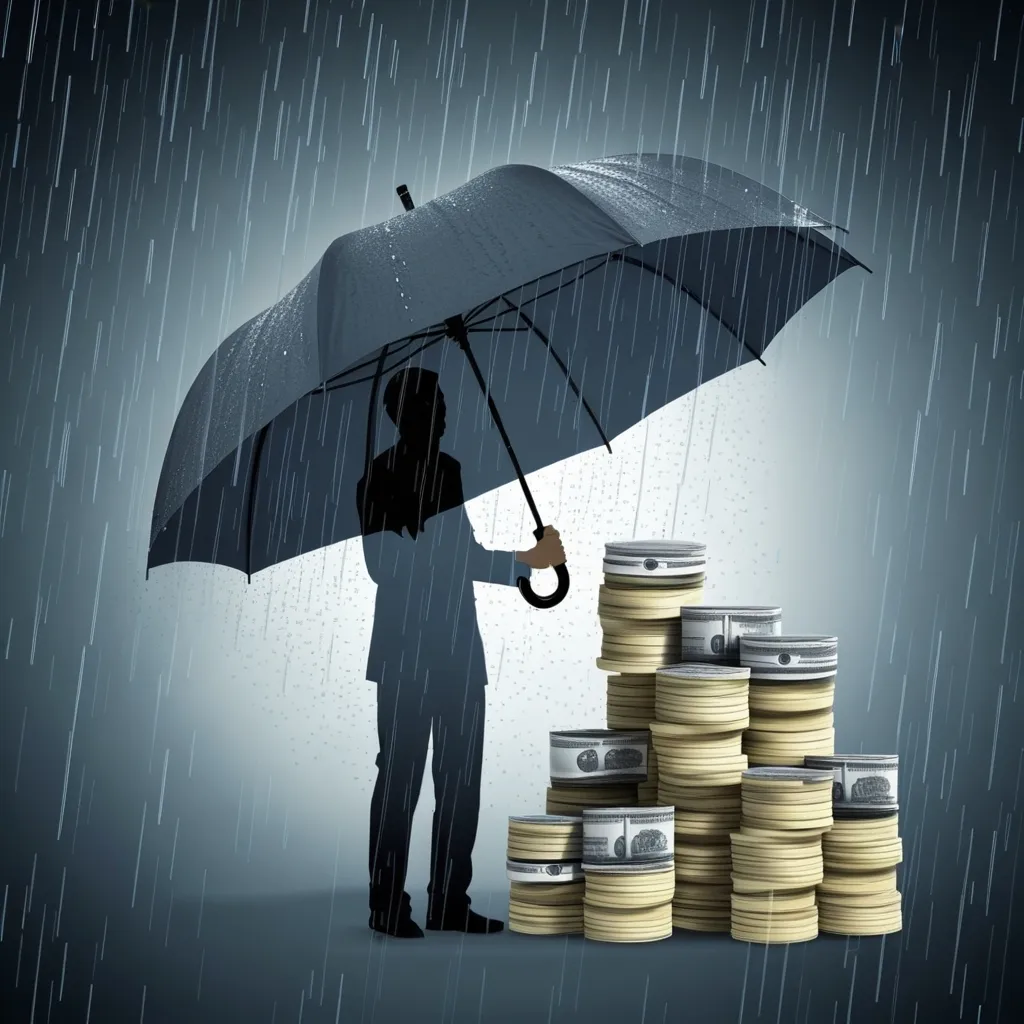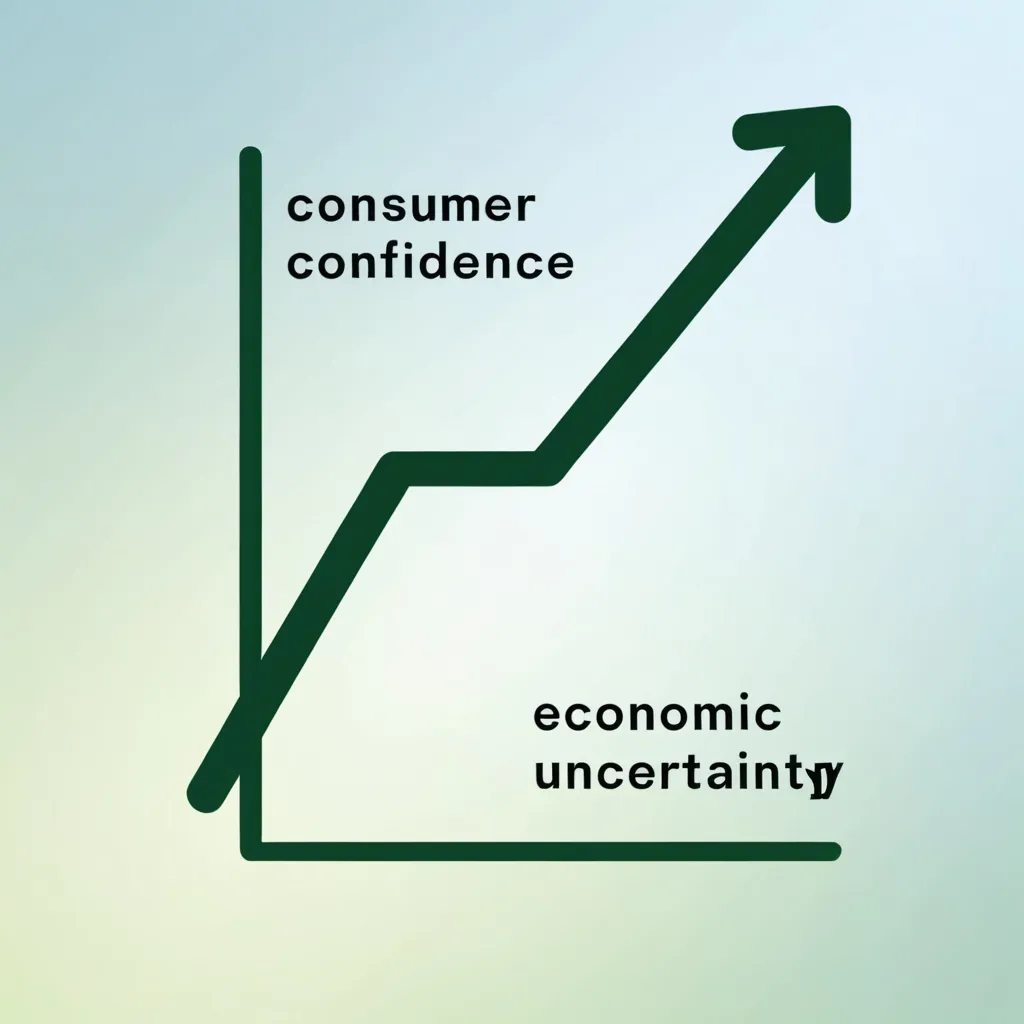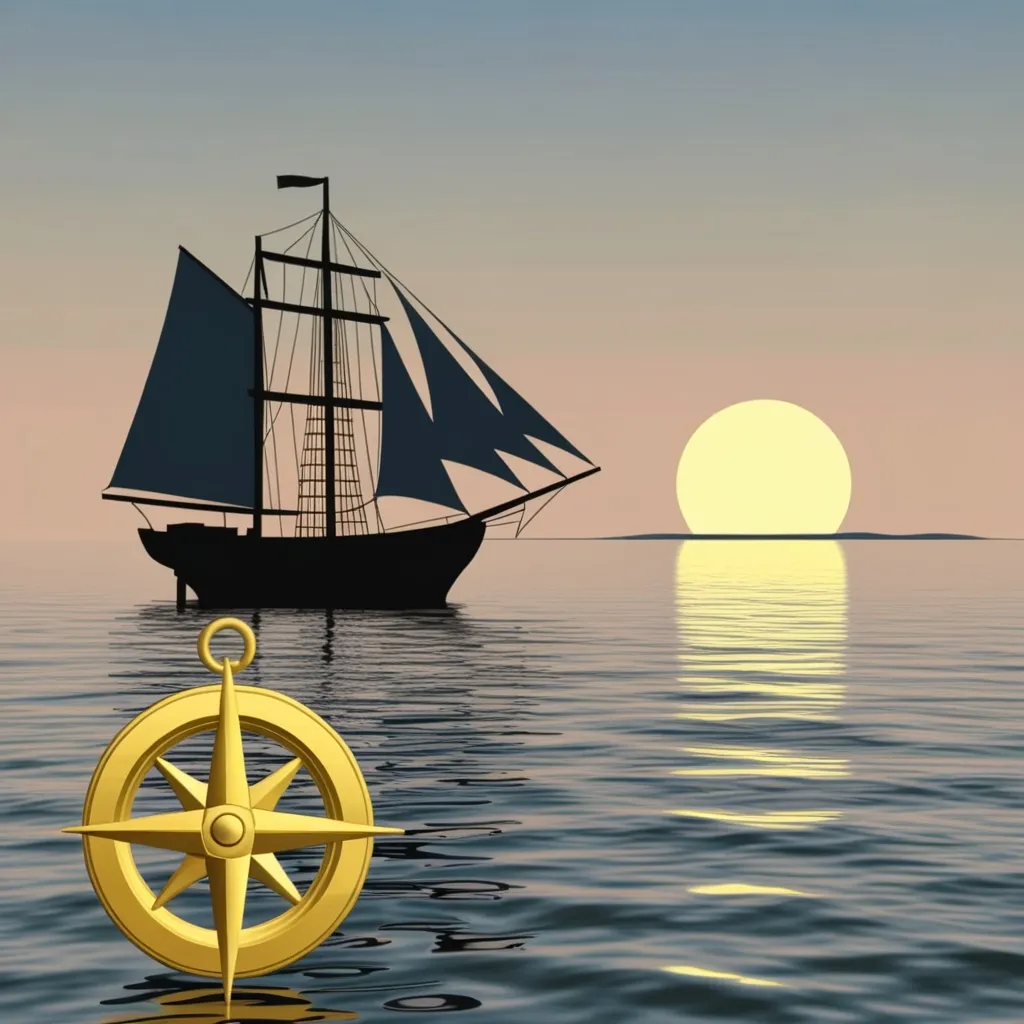Building an emergency fund is like having a financial superhero in your back pocket, ready to swoop in and save the day when life’s random chaos strikes. It’s not just about stashing cash; it’s about setting up a financial safety net that lets you navigate those unexpected expenses without diving headfirst into debt. So here’s a straightforward guide on why you need an emergency fund, how to build one, and the best places to keep it.
First off, life is wild. You never know when a surprise car repair bill, an unexpected medical expense, or even a sudden job loss will come crashing through your day. Without some savings set aside, these surprises can lead to serious financial stress and debt. Imagine you’re hit with a sudden $1,000 expense. If you don’t have an emergency fund, you might have to rely on credit cards or loans, which can quickly spiral out of control thanks to interest and fees. Yikes!
An emergency fund doesn’t just help you cover these surprise costs; it also helps reduce that constant financial anxiety. Many folks stress out worrying whether they could survive financially if they lost their job tomorrow. But with a solid emergency fund, you’ve got peace of mind and a sense of financial stability. It’s like having your own financial chill pill.
Alright, let’s talk numbers. The general advice is to save up between three to six months’ worth of living expenses. But this can depend on your individual situation. If you’re the only one bringing home the bacon or if your income is kinda unpredictable, you might wanna aim for nine to twelve months’ worth of expenses. That way, you can handle whatever financial storms come your way without tapping into other savings or racking up debt.
Figuring out how much you need is pretty straightforward: add up all your monthly expenses—think housing, utilities, transportation, food, and any loan or credit card payments. Then multiply that total by the number of months you want your emergency fund to cover. So if your monthly expenses are, say, $5,000, you’re looking to save somewhere between $15,000 and $30,000.
Now, building an emergency fund can seem like climbing Everest if you look at the big number right from the start. But don’t sweat it; start small. Set a goal to save $5 a day or maybe $50 a month. Little by little, you see your savings grow.
Want to make it easier? Automate your savings. If your employer offers direct deposit, you can set up your paycheck to go straight into both your checking and savings accounts. That way, you’re automatically setting aside some money for emergencies without even thinking about it. It’s kinda like setting up a financial autopilot.
So, where’s the best place to stash this cash? High-yield savings accounts are your best bet. They give you easy access to your money while also earning some interest. Make sure to look for banks and credit unions insured by the FDIC or NCUA, so you know your deposits are safe, usually up to $250,000.
Online-only banks can be a solid choice since they often offer higher interest rates and lower fees compared to your traditional brick-and-mortar banks. Just make sure to dodge any accounts that come with monthly fees or low interest rates because those can chip away at your savings over time.
A key tip: keep your emergency fund separate from your regular spending money. Consider opening a dedicated savings account specifically for this purpose. This separation helps you avoid the temptation of dipping into your emergency stash for non-essential purchases like vacations or new gadgets.
Building an emergency fund is often easier when you have strategies in place. Think about automating your savings with direct deposits or using apps that round up your purchases and save the change. If you’re expecting a tax refund, consider sending that straight into your emergency savings account. Periodically check on your savings and tweak your contributions as needed to stay on track.
When should you dip into your emergency fund? Only for real emergencies—think car repairs, medical bills, or unexpected job loss. Not for discretionary spends like those tempting new gadgets or spontaneous trips. Have clear rules for what counts as an emergency to make sure you’re using the fund wisely.
If you do need to use your emergency fund, don’t sweat it. That’s what it’s there for. Just focus on replenishing it as soon as possible to make sure you’re always prepared for life’s next curveball.
Maintaining your emergency fund is just as important as building it. Regularly review your expenses, and if you’ve had to dip into your fund, make it a priority to rebuild it ASAP. Remember, an emergency fund isn’t a one-time task; it’s an ongoing commitment. By consistently saving and maintaining your emergency fund, you’ll stay financially prepared and less stressed.
More than just financial security, having an emergency fund brings a sense of peace and helps you avoid poor financial decisions. Knowing you have a safety net allows you to make more rational financial choices rather than resorting to high-interest loans or credit cards in a pinch.
In a nutshell, building an emergency fund is a critical piece of any solid financial plan. It’s your secret weapon against unexpected expenses, debt, and financial stress. Take small steps, automate your savings, and keep your emergency fund in a high-yield account. Use it wisely and maintain it over time, and you’ll be in a strong position to tackle whatever life throws at you.






